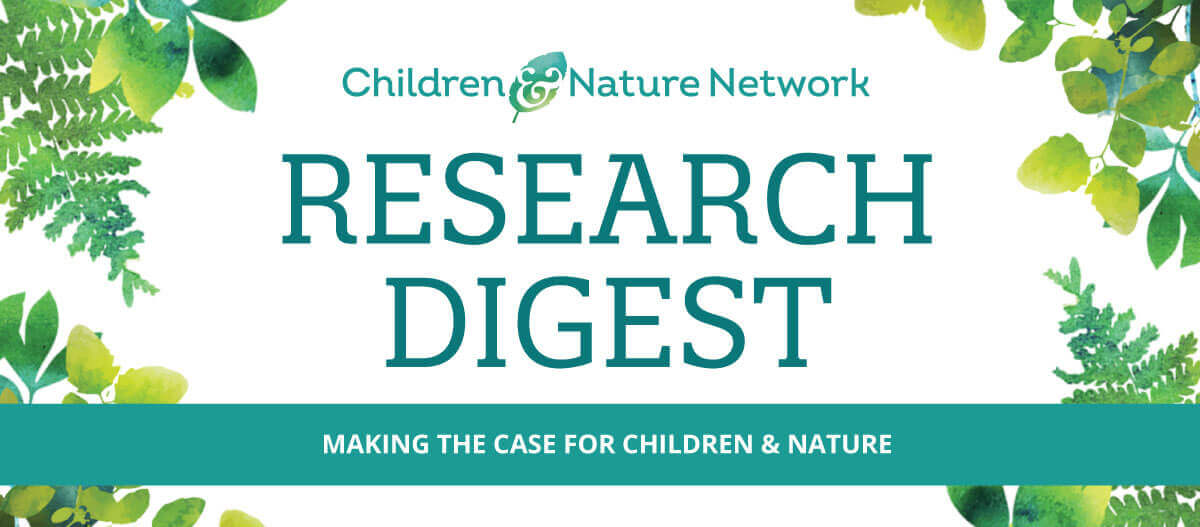Park-Related Benefits, Initiatives and Equity Issues
Park prescription programs and the use of city parks by preschool groups for nature play are examples of how parks are being used in some cities to promote health- and education-related goals for children. While such initiatives offer promise of improved health and well-being, implementation barriers, lack of evaluation studies, and unequal access to parks are areas of concern.
Park prescription programs are growing in popularity, but more research is needed to support and guide the practice
Researchers from the US concluded from their review of the literature that the evidence in support of “nature prescription” or “park prescription” programs is “too sparse to draw patterns in health outcome responses.” The researchers call attention to the overall lack of evaluation of nature prescription programs and highlight related research opportunities.
Kondo et al. 2020. Nature prescriptions for health: A review of evidence and research opportunities.
Increasing access to green space could be used to promote health equity
This review, which included studies from multiple countries, found that green space had more protective effects for lower-income groups than higher-income groups. Of the different types of green space, public spaces/parks provided stronger protective effects for this population than other types, including green land cover.
Rigolon et al. 2021. Green space and health equity: A systematic review on the potential of green space to reduce health disparities.
Preschools value parks for nature play, but face barriers to their use
Surveys and focus groups were used to investigate whether parkland in Duluth, Minnesota (U.S.) provides access for preschools to incorporate nature play in their programming. Responses showed strong support for nature play in city parks, but barriers beyond proximity limit their use. Such barriers include concerns relating to weather, policy, and human behavior.
Beery, 2020. Exploring access to nature play in urban parks: Resilience, sustainability, and early childhood.
High-quality parks and safe, walkable, built environments can enhance neighborhood social capital in low-income communities of color
Surveys completed by 1,611 parents of young children living in low-income communities of color in the United States showed that their satisfaction with parks (park quality) and other aspects of the built environment (neighborhood walkability and absence of crime) were positively linked to social capital. For this population, frequency of park use and access were not strongly related to social capital.
Mullenbach et al. 2022. Cultivating social capital in diverse, low-income neighborhoods: The value of parks for parents with young children.
Transit agencies have a role to play in addressing environmental injustices relating to park access
This study used a novel measure of public transit access to parks (T2P) to investigate how accessibility to large parks via transit vary by neighborhood socio-demographic characteristics in the western United States. Results provide some evidence of environmental injustice, with Black, Indigenous, and People of Color (BIPOC) communities having not only worse walking access to large parks, but also worse transit access to such parks than non-Hispanic White people.
Park et al. 2021. Transit to parks: An environmental justice study of transit access to large parks in the U.S. West.
National study finds inequities in park-related benefits for children
Researchers using data based on a large nationally (U.S.) representative sample found that children with neighborhood parks are physically and mentally healthier than children lacking neighborhood parks. They also found differences in who had neighborhood parks and who did not. Children more often lacking nearby parks included African-American children in urban settings and children from low-income homes in non-urban settings.
Reuben et al. 2020. Association of neighborhood parks with child health in the United States.





